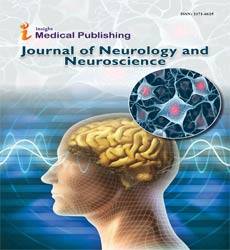Abstract
Investigating Preference for Self-Voice on A Speech Generating Device by the Child with Autism
Background: Many minimally-verbal children with autism use Speech Generating Devices (SGDs) to help them communicate with others. The voice on these devices rarely resemble the child using them however, which may diminish the child’s motivation to use the device more often. This study examines preferences for selfvoice on SGDs by 12 children with autism.
Methods: Using a number of specially designed SGDs we track 12 children over 12 weeks to assess their choice of three voices transplanted onto the devices. Each device is fitted with language activity monitor (LAM) software so that the child’s communications are recorded in the most non-invasive and objective way possible.
Findings and conclusions: We found that factors such as chronological age, nonverbal mental age, or IQ did not influence children’s decisions to reject or accept the devices, the girls showed a greater preference for using self-voice than the boys, and aspects of recognition memory appear to have some effect on the child’s use of a personalised SGD. More research is needed in this area to fully understand the preferences of children with autism for speech output on SGDs.
Author(s):
Susan Ni Chuileann
Abstract | Full-Text | PDF
Share this

Abstracted/Indexed in
- Google Scholar
- Open J Gate
- Genamics JournalSeek
- The Global Impact Factor (GIF)
- China National Knowledge Infrastructure (CNKI)
- Directory of Research Journal Indexing (DRJI)
- WorldCat
- Proquest Summons
- Scientific Journal Impact Factor
- Secret Search Engine Labs
- Euro Pub
Open Access Journals
- Aquaculture & Veterinary Science
- Chemistry & Chemical Sciences
- Clinical Sciences
- Engineering
- General Science
- Genetics & Molecular Biology
- Health Care & Nursing
- Immunology & Microbiology
- Materials Science
- Mathematics & Physics
- Medical Sciences
- Neurology & Psychiatry
- Oncology & Cancer Science
- Pharmaceutical Sciences

